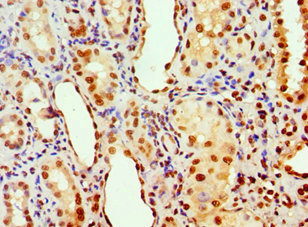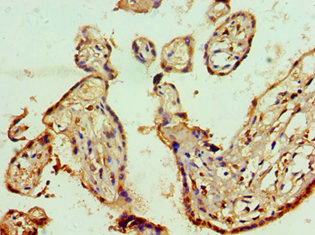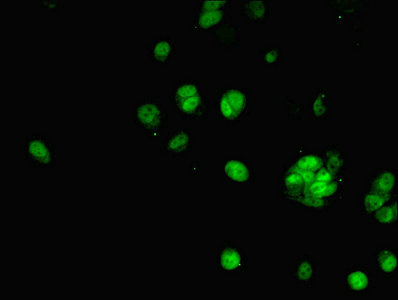Full Product Name
Rabbit anti-Homo sapiens (Human) ANP32A Polyclonal antibody
Alternative Names
acidic (leucine-rich) nuclear phosphoprotein 32 family; member A antibody; Acidic leucine-rich nuclear phosphoprotein 32 family member A antibody; Acidic nuclear phosphoprotein 32 family member A antibody; Acidic nuclear phosphoprotein pp32 antibody; AN32A_HUMAN antibody; ANP32A antibody; C15orf1 antibody; Cerebellar leucine rich acidic nuclear protein antibody; Hepatopoietin Cn antibody; HPPCn antibody; I1PP2A antibody; Inhibitor 1 of protein phosphatase 2A antibody; inhibitor-1 of protein phosphatase-2A antibody; Lanp antibody; Leucine rich acidic nuclear protein antibody; Leucine-rich acidic nuclear protein antibody; MAPM antibody; Mapmodulin antibody; MGC119787 antibody; MGC150373 antibody; PHAPI antibody; Potent heat stable protein phosphatase 2A inhibitor I1PP2A antibody; Potent heat-stable protein phosphatase 2A inhibitor I1PP2A antibody; PP32 antibody; Putative HLA DR associated protein I antibody; Putative HLA-DR-associated protein I antibody; Putative human HLA class II associated protein I antibody; Putative human HLA class II-associated protein antibody
Immunogen
Recombinant Human Acidic leucine-rich nuclear phosphoprotein 32 family member A protein (1-170AA)
Immunogen Species
Homo sapiens (Human)
Purification Method
Antigen Affinity Purified
Concentration
It differs from different batches. Please contact us to confirm it.
Buffer
PBS with 0.02% sodium azide, 50% glycerol, pH7.3.
Tested Applications
ELISA, IHC, IF
Recommended Dilution
| Application |
Recommended Dilution |
| IHC |
1:20-1:200 |
| IF |
1:50-1:200 |
Storage
Upon receipt, store at -20°C or -80°C. Avoid repeated freeze.
Lead Time
Basically, we can dispatch the products out in 1-3 working days after receiving your orders. Delivery time maybe differs from different purchasing way or location, please kindly consult your local distributors for specific delivery time.
Usage
For Research Use Only. Not for use in diagnostic or therapeutic procedures.








